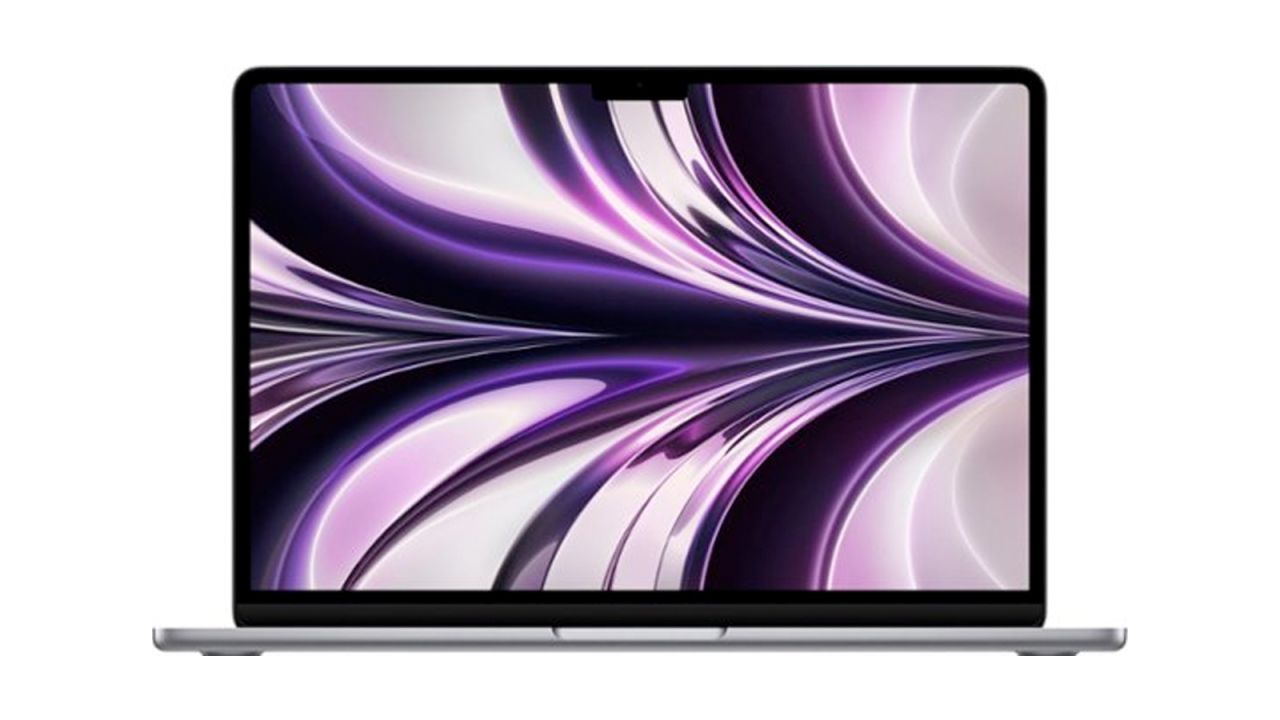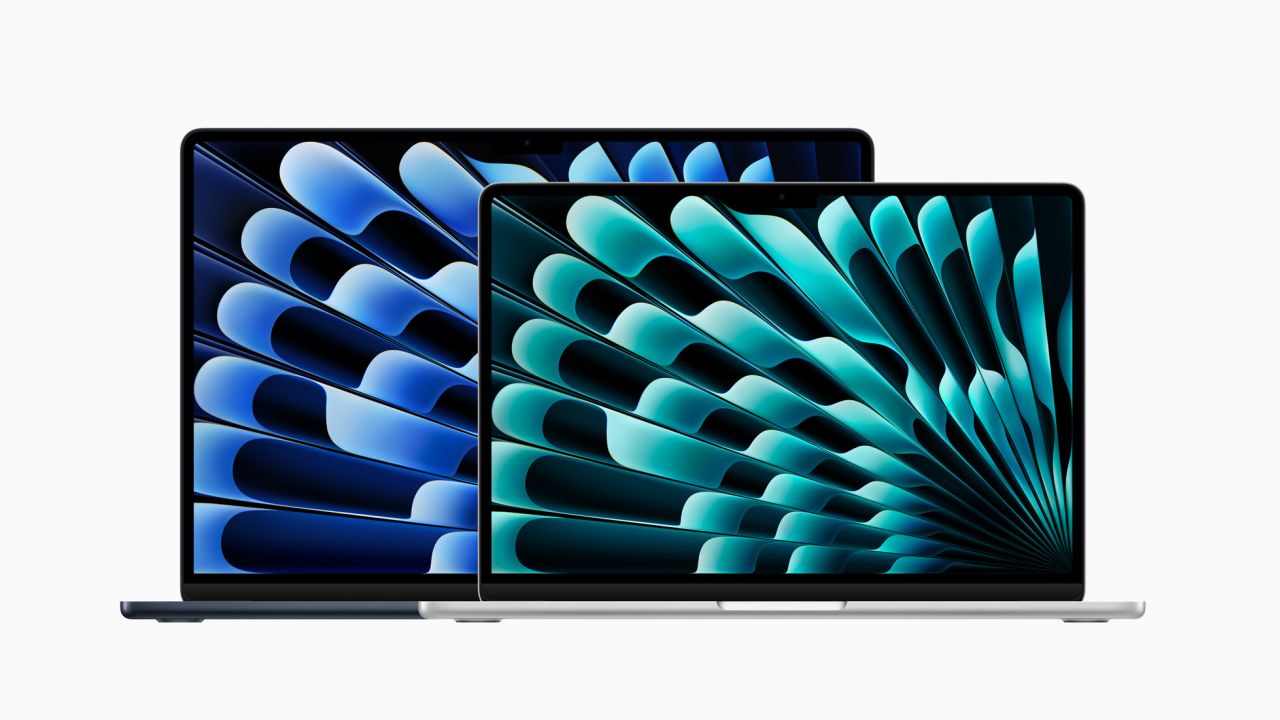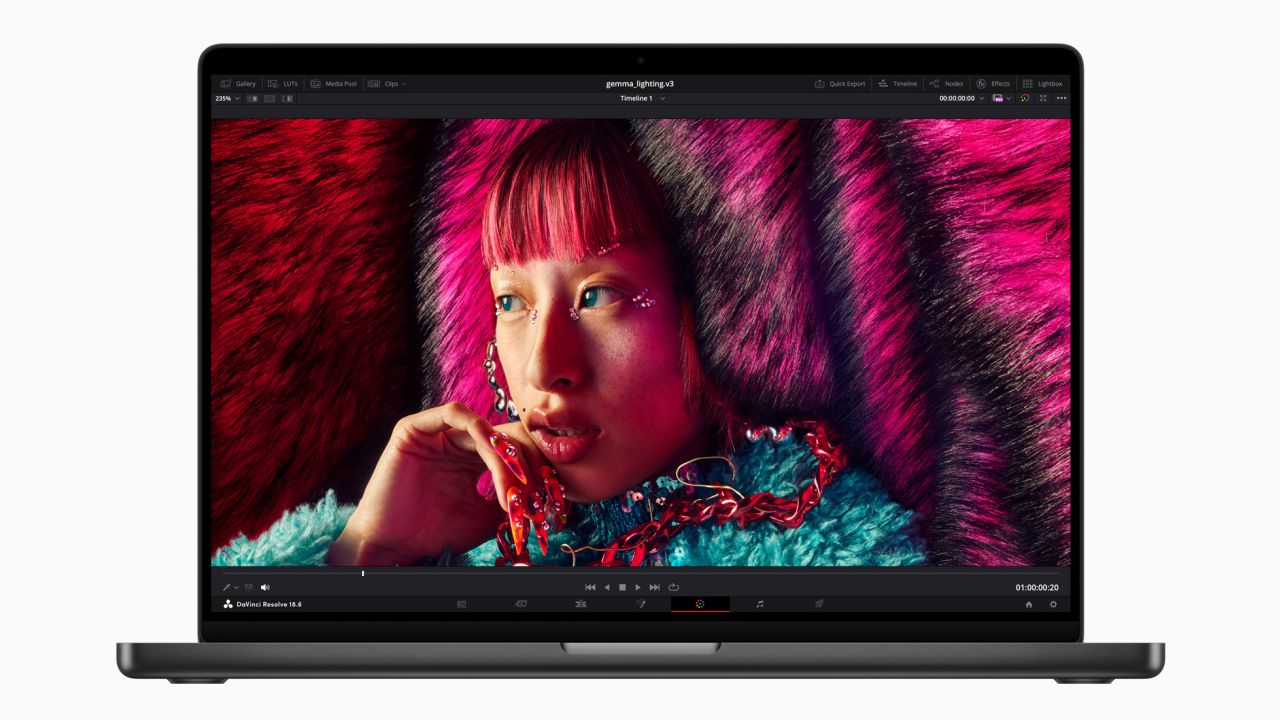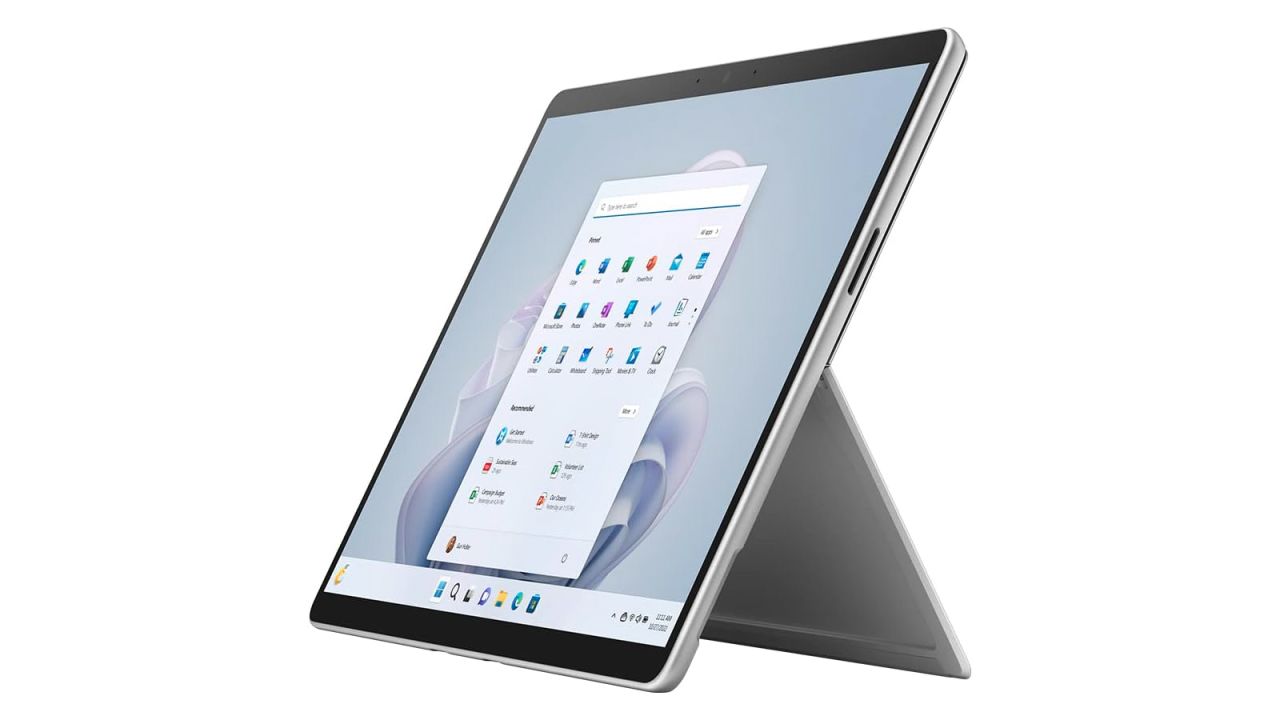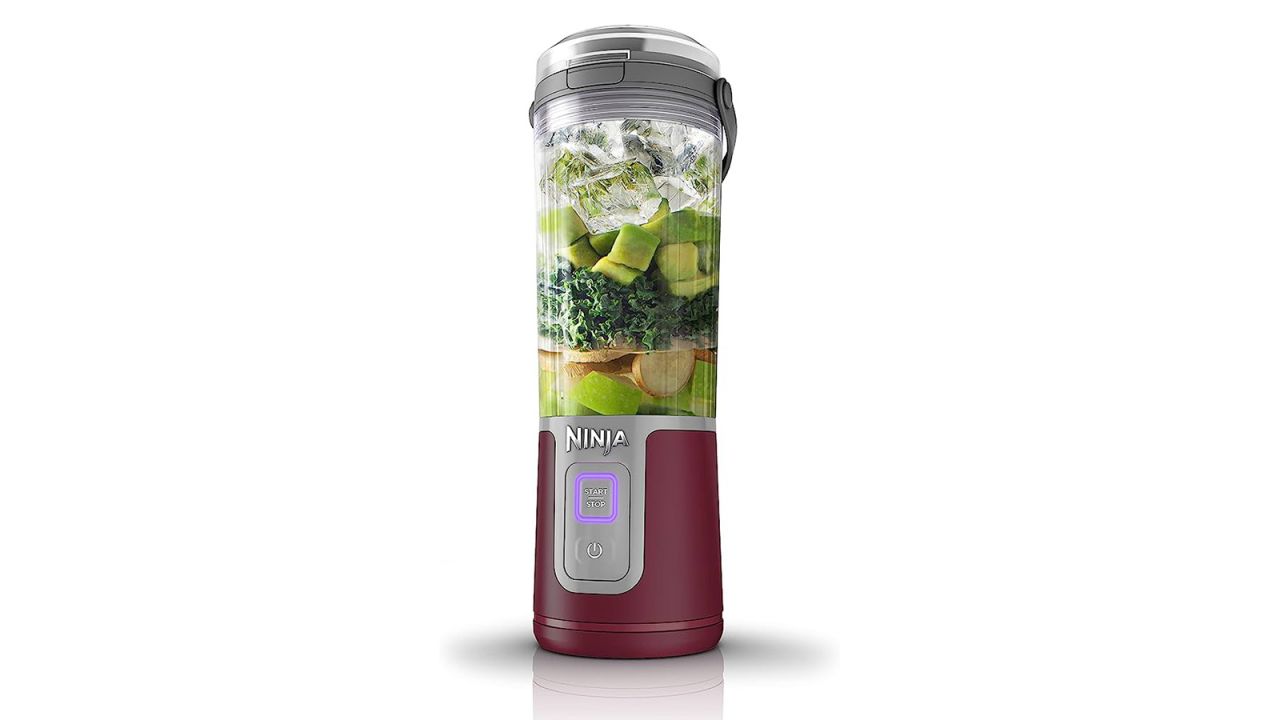It’s more than OK if you can’t decide whether to buy a MacBook or a Windows laptop. Both the Apple and PC worlds continue to claim dominance over the other, often crediting hardware upgrades that drive performance and extend their battery life.
So while you don’t need to worry about the hullabaloo around the “AI PC,” you may still need help switching from Mac to PC (or PC to Mac). This is why we continue to test the best laptops of both worlds, to see how each side evolves in the turbulent world of computing.
While the software in these laptops differs greatly, the differences between the latest Windows 11 and macOS updates are only part of the story. The variety of machines is drastically different on each side of the conversation, giving us plenty of things to talk about when choosing between Windows PCs and MacBooks.
Let’s talk software: macOS vs. Windows 11
Since many Windows laptops look like MacBooks, the most crucial difference between these two sides is the operating systems they run — and the user experiences these personal computers provide. This is arguably the most divisive and subjective conversation in the market, so don’t expect to make up your mind immediately here. I know PC diehards who stick with Windows 11 despite their frustrations with the experience, and there are many Apple aficionados who lament the state of macOS.
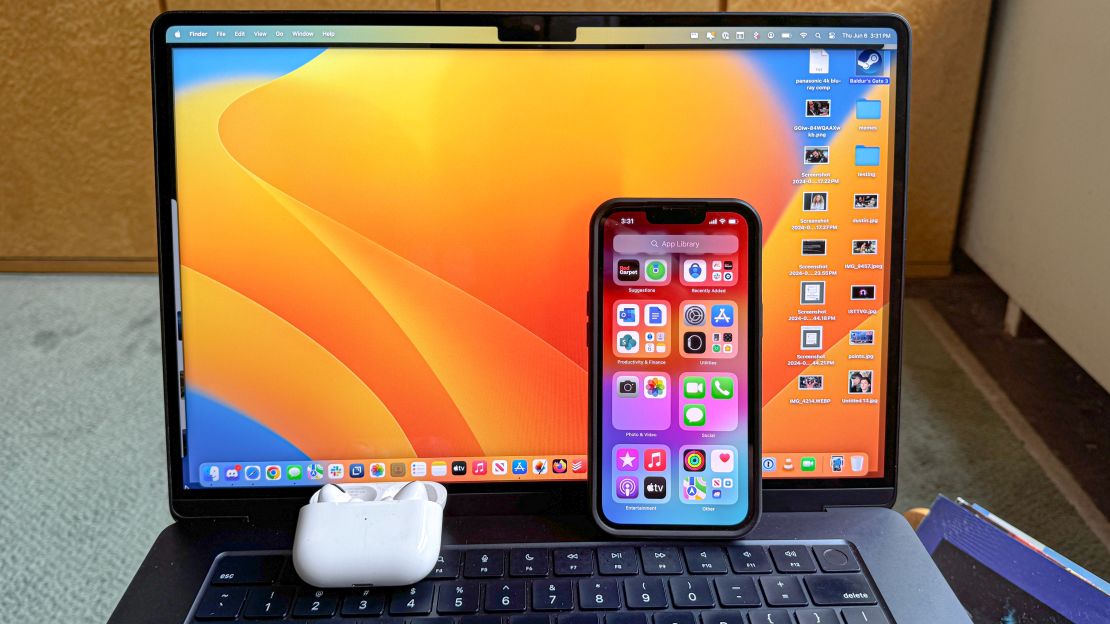
Of course, MacBooks are easy picks for anyone who uses an iPhone thanks to the interoperability of the Apple ecosystem. This hardware is engineered to be used side by side, so I make calls on my MacBook and I get the same apps across each device. Sure, the Microsoft Phone Link app on Windows 11 lets you call and text on a PC, but you might not want to have to worry about the Microsoft-made app needing an update after Apple changes something.
Apple products’ cross-platform synergy extends far beyond that, too. AirDrop makes sharing files really easy, as me and my friends can easily drop a ton of photos from a night out to each other without worrying about attachment limits. Windows PCs and Android phones have their own version of this: Quick Share for file transfer. But my Apple Watch also unlocks my MacBook, using Apple Pay is almost too easy on all of my devices and iCloud syncs my data on a ton of programs, from Apple’s own Notes app to the premium Ulysses writing program.
The top differentiating feature of Microsoft Windows 11 used to be Snap Layouts, which gives you a series of different window layout options so you can arrange many applications to your liking. In the current version of macOS, all you can do is split your screen in half between two windows in a full-screen mode. Fortunately, that changes in macOS Sequoia (coming fall 2024), which will allow you to resize windows to fit the left, right, top and bottom halves of your screen, as well as each of the four quarters. Snap Layouts still appears to give users a greater variety of layouts, but this is something we’ll need to confirm once macOS Sequoia comes out.
Additionally, Windows 11 is designed for both click and touch, as its interface changes slightly when you switch in and out of tablet mode, making it easier to tap icons and items with your fingers. MacBooks, on the other hand, still don’t offer any touchscreen option.

That’s not to say that the Windows world is all smiles. The Windows 11 Start menu and Taskbar are both full of stuff you might not want. The search menu in the Taskbar always seems to have some seasonal suggestion that I never asked for, and when I just checked on the Dell XPS 14 I noticed a “Games for you” section featuring a Tetris knockoff and other mindless games such as Bubble Shooter HD. Then, there’s the Widgets board, which has sponsored content and “news” of questionable value such as an article about “24 ‘Rich Person Activities’ That Most ‘Normal’ People Would Never Even Think About.” All of this cruft can be hidden if you know the right settings to disable, but you shouldn’t need to. It all makes the rare macOS system notifications from the Tips and News apps seem harmless.
Additionally, Windows “beat” macOS to the whole generative AI topic with CoPilot, which has been baked into Windows. Heck, CoPilot+ PCs are now a thing, as the industry buzzes over deeply-rooted integration into Windows. These PCs can help you remember what you were doing with a “Recall” feature (that’s already raising some privacy concerns), coach you in Minecraft and help you create images, among other things. These features are still untested at the time of publication, and the value of Microsoft’s CoPilot assistant has still yet to have been proven. Similarly, Apple’s adding its own version of generative AI content which it’s calling “Apple Intelligence.” Announced features include image generation and editing, text rewriting and a new Siri that can do more on your behalf. Feel free to call me a skeptic, I’ll happily wear that badge with honor and pride.
Which applications do you need?
While Apple’s long positioned its machines as must-have for creative professionals, those users aren’t limited to MacBooks in today’s world of Windows applications. Adobe Premiere Pro and Pro Tools allow for cross-platform film and music production on both PCs and Macs.
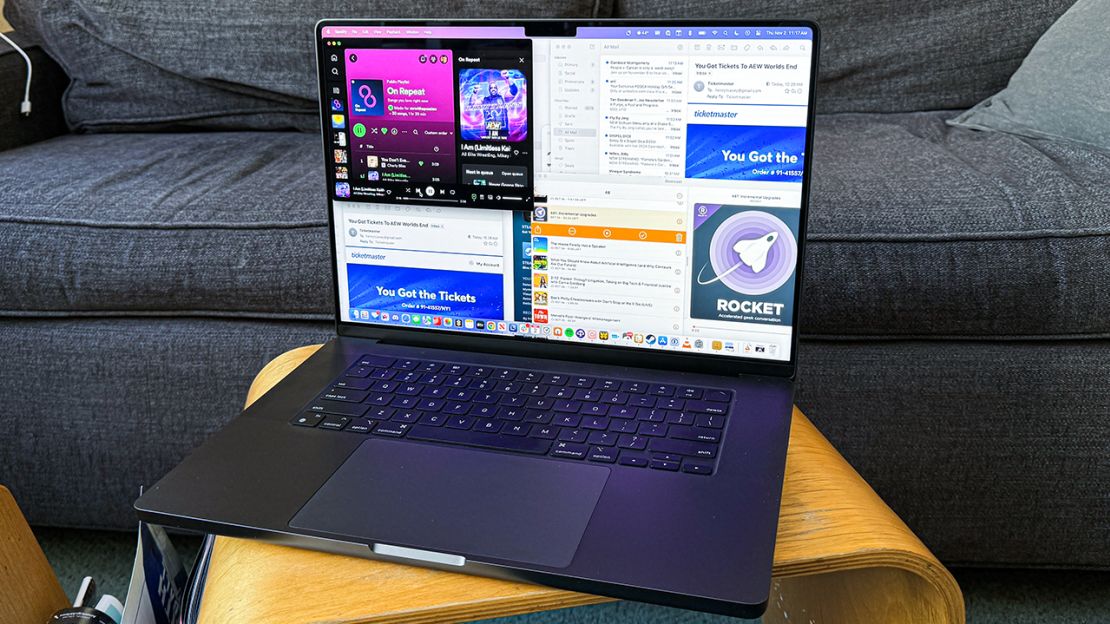
However, MacBook users do have a series of neat and very polished third-party applications that aren’t on PCs, such as the Pixelmator image editor tool, an excellent Photoshop alternative that doesn’t require subscription pricing. There’s also the terrific, feature-rich Overcast podcast app, a well-made independent alternative to Spotify and the other giants. I also don’t know how I’d live without the Drafts app, which is in my iPhone and MacBook docks. It syncs between both devices and it’s where all of my notes start, and it offers a ton of actions for what you do with those documents. It’s the Notes app on steroids in the best way.
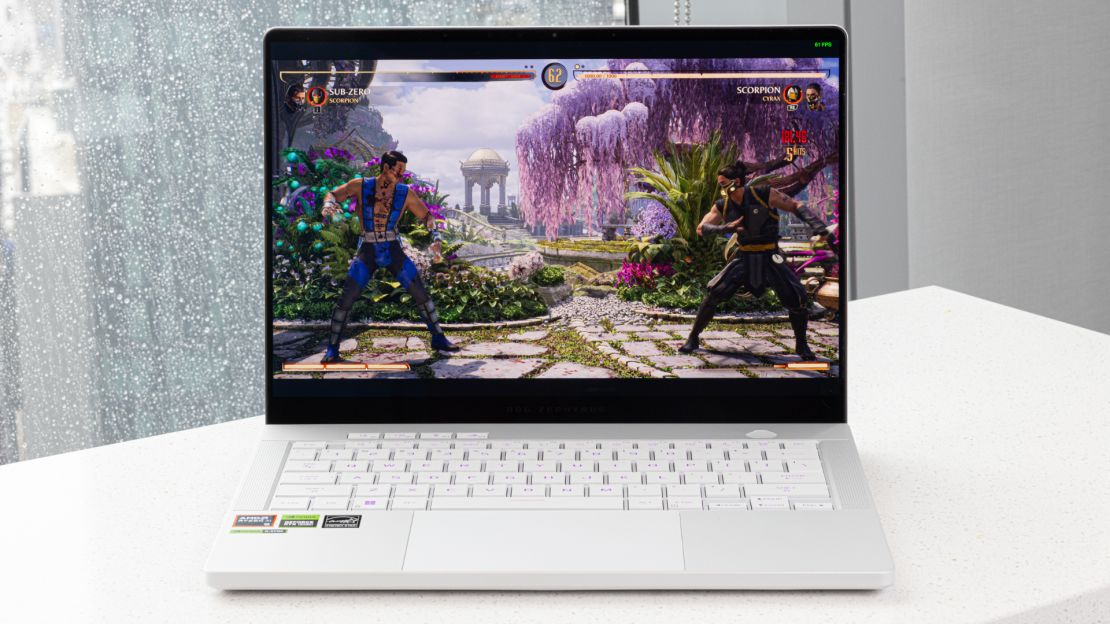
Windows laptops, however, hold one software category high above their MacBook counterparts: PC games. Sure, the occasional top-shelf title such as Baldur’s Gate 3 launches on Mac within weeks or a few months of its PC debut, but other super-popular titles such as Elden Ring, The Witcher 3: Wild Hunt and Diablo IV still don’t have Mac versions long after their release. Apple users still get their fair share of Mac games, though, from recently ported big-name titles like Death Stranding and Resident Evil 4 to the hundreds of smaller titles on the Apple Arcade subscription service.
Does your budget have space for a MacBook or do you need a Windows PC?
Apple’s most affordable current laptop offers a good display and decent processor for around a grand.
Apple’s latest MacBook Air is also sold in this larger option, which makes it great for multitasking.
Tons of processor options and more ports make the 14-inch MacBook Pro the more expandable option (and priciest) of the pack.?
The modern MacBooks sold by Apple start at $999, which is pretty pricey when compared to PCs. Sure, you could go to Walmart for the original MacBook Air M1 for $699 while supplies last, but there are good reasons to move up to the MacBook Air M2. Not only does the latter offer the excellent magnetic MagSafe charging cable, but its Liquid Retina display is more colorful, its redesigned chassis is a bit lighter and its full HD webcam is sharper than the M1’s 720p webcam.

If you want a bit more, I recommend looking at the 15-inch MacBook Air M3 and the MacBook Pro M3. The former is my personal recommendation for most people because it’s relatively light despite its larger display, and the latter packs both HDMI and SD memory card readers and can be customized for super-fast gaming with the M3 Max processor.
The last of Dell’s XPS laptops that didn’t irritate us with the company’s drastic redesign, the XPS 13 is now more affordable while staying reliable.
Microsoft set the standard for well-built 2-in-1 Windows PCs with its excellent detachable laptop — just make sure to buy its keyboard.
The brilliance of an OLED display mixes well with the GPU power for playing demanding video games on the go.
Here’s where many will tilt towards Windows laptops. For those looking for time-tested excellence at an affordable price, don’t overlook the Dell XPS 13, which starts at $599. Yes, an excellent PC laptop for $400 less than Apple’s cheapest modern MacBook. Sure its processors are from a couple generations ago, but they’re going to be more than enough for most people. You also get a stellar display and a comfortable keyboard, too.
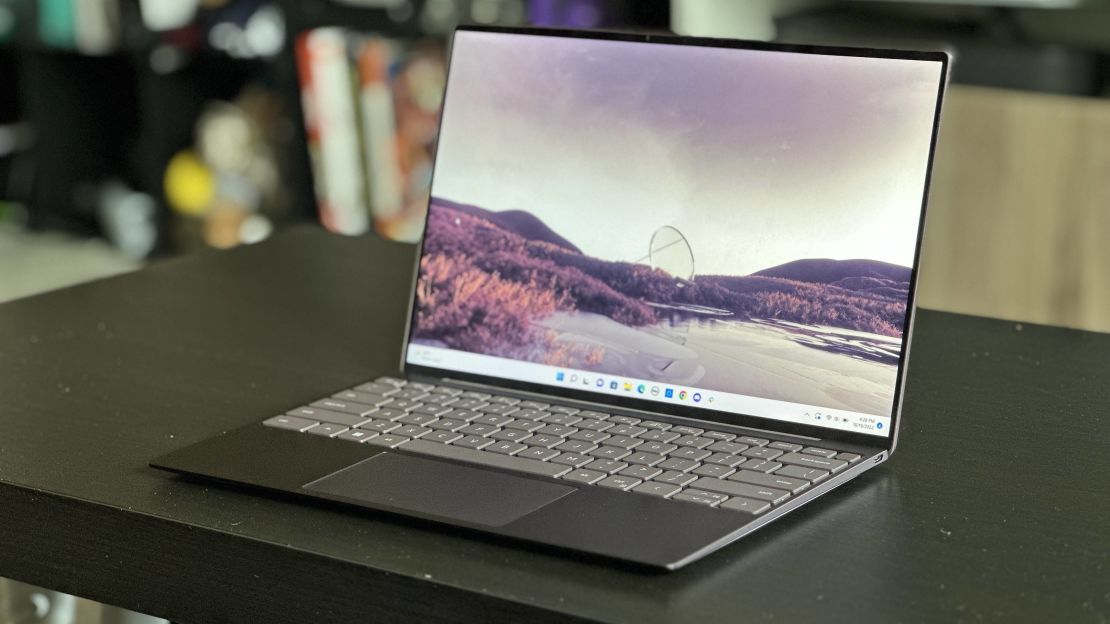
But if you want that touchscreen brilliance that Windows users lord over MacBook owners, we say go for the Surface Pro 9 and add on that detachable keyboard. But you might want to wait to see how the new Surface Pro (2024) does with its newer processor. Want gaming prowess? The Asus ROG Zephyrus G14 can run top titles, offers an excellent OLED screen and packs great battery life.
Bottom line
For those who have yet to pledge allegiance to either side of this fight, we’re happy to recommend the above laptops that will all help you get through a day’s work and support an evening’s relaxation.
Gamers may lean PC out of habit, but Apple’s making headway in that space. Value-driven customers may always go in that same direction, but I can tell you from experience that MacBooks always make sound investments that tend to last nearly a decade.
iPhone owners, unsurprisingly, have great reason to stick with Apple when it comes to their laptop. Sure, there’s some cross-platform support, but Apple’s walled garden is well-populated with good reason.
The good news is that you have great options, no matter if you want a MacBook or a Windows laptop. Today’s version of the Apple vs. PC squabble is filled with winners on both sides of the proverbial aisle.

